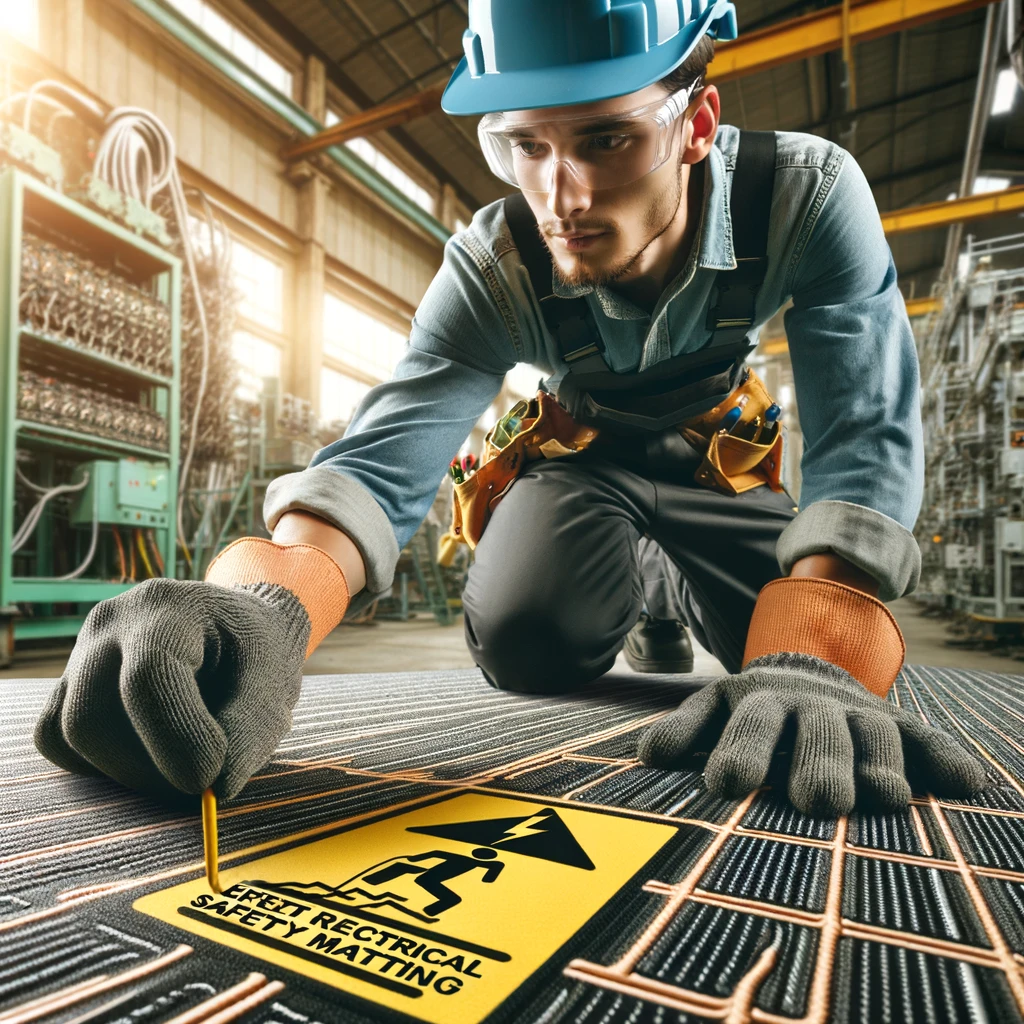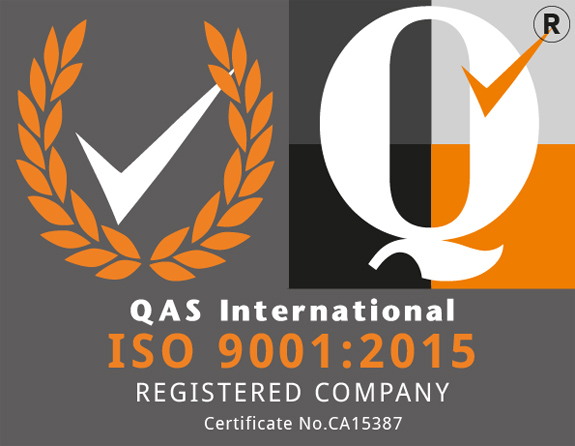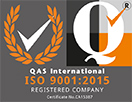
Picking the correct electrical safety matting for your industry is an absolute must. Keep yourself, your staff and your customers safe. In this blog post we walk through some of the common industries where electrical safety matting is used.
Here is a look at some of the common industries that utilise Electrical safety matting, we have also added some information around Mats Direct and the Suremats brand that will ensure you get electrical safety matting that is quality.
Manufacturing plants: This is a common area where electrical safety matting is needed. This is obviously due to heavy machinery operating, high-voltage power and by ensuring you get the right type of electrical safety mat you will keep your staff and customers safe.
Construction sites: These type of site of the need electrical safety matting. This is down to the fact that they will be performing wiring and electrical installations. Safety matting is an absolute must on construction site.
Power plants: Anywhere where electrical power is generated and distributed such as power plants and substations have stringent safety measures. Electrical safety matting is a big part of this and is vital for workers handling high-voltage equipment.
Data centers is also another area where servers and electrical devices are running. Using safety matting here will prevent electrical hazards during maintenance and installation tasks.
Automotive industry: Working on vehicles requires electrical tools and equipment. Safety matting is paramount here, you will find this very common in workshops and assembly lines and can help to prevent electrical shocks.
1. Voltage Rating: Ensure that the matting you choose is rated for the maximum voltage exposure in your facility. The voltage rating is a key factor in determining the level of protection the matting will provide.
2. Material Quality: High-quality rubber or PVC materials are commonly used for electrical safety matting. These materials should be durable, resistant to tears, and able to withstand industrial wear and tear.
3. Certification and Standards Compliance: Look for matting that meets relevant safety standards and certifications. Compliance with standards like ASTM or IEC ensures the matting has been rigorously tested for safety.
4. Anti-Slip Properties: Since safety is paramount, opt for matting with anti-slip properties. This feature is crucial, especially in areas prone to moisture or grease.
5. Size and Thickness: The thickness of the matting contributes to its protective properties. Additionally, consider the size and shape of the area where the matting will be installed to ensure complete coverage.
6. Maintenance and Durability: Assess the ease of cleaning and maintaining the matting. Durable mats that are easy to maintain can significantly reduce long-term costs.
7. Customization Options: Some suppliers offer customized solutions. If your industry has specific needs, look for providers who can tailor the matting to fit your unique requirements.
You can read more about the different classes of electrical matting here. If you need any help feel free to contact us and we can guide you through the best options.
In conclusion, electrical safety matting is a fundamental safety element across various industries. By understanding the specific needs of your industry and the factors to consider before purchasing, you can ensure a safer working environment for all.
Remember, when it comes to safety, the right investment not only protects your employees but also enhances operational efficiency and peace of mind.
Lastly, remember to order from a reputable mats supplier. MatsDirect has years of experience in providing electrical safety matting for commercial premises. Click here to check out our full range of electrical safety mats.

MatsDirect UK Ltd is fully ISO 9001:2015 (Quality Management System) accredited, which means we have demonstrated our ability to consistently provide products to the industry’s highest quality and standards.
Now, how’s that for peace of mind?

Website designed by Highpoint Media
